By Jenna Wang, BSJ24
Originally published on Aug. 8 in the Daily Northwestern
Photo by Russell Leung (BSJ24) for The Daily Northwestern
When Medill freshman Angela Zhang finished her first year of college, she had all the journalism fundamentals under her belt. Without professional experience, though, she said she didn’t know what pathways to explore.
Spending the summer in Los Angeles provided the convenient opportunity to attend the Asian American Journalists Association’s first in-person national convention in three years from July 27-30, which centered around the theme “Owning Our Narratives.”
“After my first year in Medill, I was in somewhat of a black hole,” Zhang said. “I wrote this down for myself: ‘My goal here isn’t necessarily to force any interactions, but to let my curiosity take me wherever it does.’”
Zhang was one of several Medill students who attended journalism conventions for various professional affinity groups this summer. The conventions provided journalists of all levels with opportunities like workshops, panels, career development and networking in a variety of journalism specializations.
Zhang said one panel that stood out to her was “The Racism Virus: The Next Stage in the Fight Against AAPI Hate.”
She said she learned that despite the standard of objectivity in journalism, Asian American journalists could still retain their humanity and have an opinion — especially when healing from trauma.
“You look around and see journalists of so many different histories, of so many different identities, but at the same time, all connected into this space and into the questions that the panelists were being asked,” Zhang said. “It was a really powerful moment.”
Medill junior Julia Richardson spent the beginning of August attending the joint National Association of Black Journalists and National Association of Hispanic Journalists National Convention and Career Fair in Las Vegas, which was centered around the theme “Changing the Game.”
She said she enjoyed networking and attending workshops about broadcast journalism.
“It was cool to see people that I’ve been watching on TV for so long, even people that I kind of know but (haven’t) really had a chance to talk to, or mutuals through social media,” Richardson said. “The camaraderie was really special.”
As she hopes to pursue broadcast journalism in a local market, she said she appreciated the panelists’ honesty about navigating the field as a woman of color.
Being in a space with people who looked like her and spoke honestly about their career paths allowed her to learn about the realities of what she could face later on, she said.
“Being a person of color, you don’t always go into newsrooms and see a ton of people that look like you,” Richardson said. “It was really cool to look around and see that so many people like me want to do the same things and have the same goals.”
Medill sophomore Brendan Le said having a space where journalists of color could feel comfortable is one reason the NU student chapter of AAJA, Asian American Student Journalists, was created.
Since the chapter’s revitalization in Spring Quarter, Le said he and the executive board promoted AAJA’s convention as an opportunity for students to meet other Asian American journalists in the industry.
“The idea came from a lack of space for Asian American journalists to have a discussion about journalism from their perspective,” Le said. “In classes, we often are so limited in what we can talk about, especially in terms of the identity of journalism and how being Asian American plays into our coverage and events that involve us.”
Richardson said after the convention, she spent time reflecting and decompressing on everything she had learned.
Though this year’s convention felt more low-stakes as a rising senior, she said next year might be a different story.
“Hopefully, knocking on wood, I’ll have a job by this time next year,” Richardson said. “(The convention) felt more like a good training ground for what’s to come.”
Zhang said she believes she has a better idea of the journalistic avenues she wants to explore, like the intersection of data visualization and art.
Her biggest takeaway is to pursue what speaks to her heart — something she said she wants to continue to nurture during her time at NU and share as an upcoming peer advisor.
“One thing I realized is that it is possible as an Asian American in this field to venture on and be your own director and own your narrative,” Zhang said. “I want to share this spirit with other students and other people who might share some of the identities I have or might not, and that in itself is part of what I think storytelling really is.”
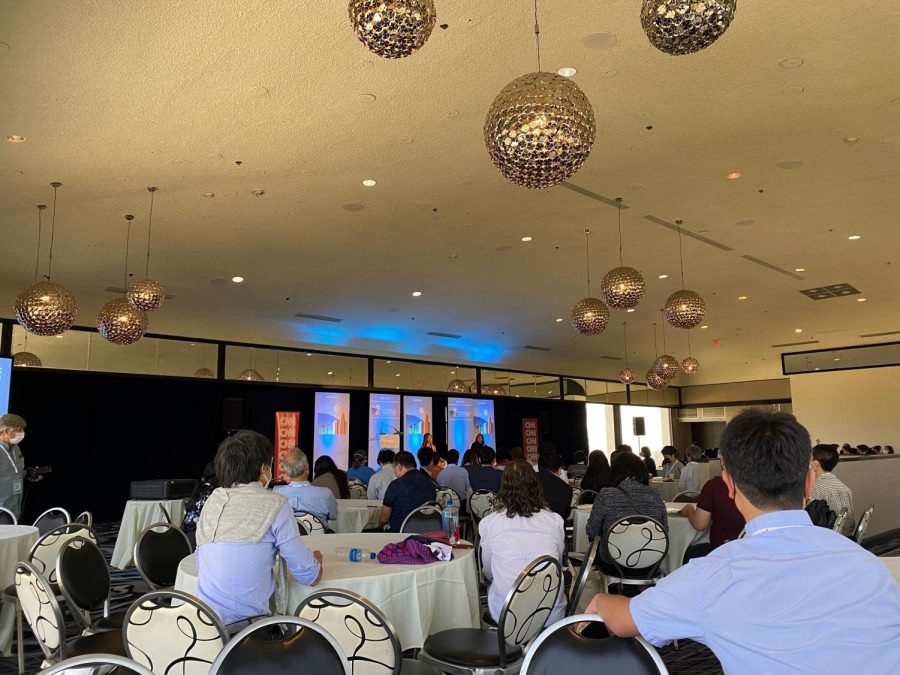
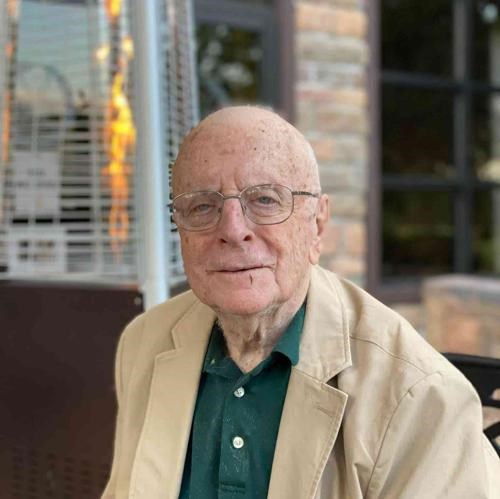
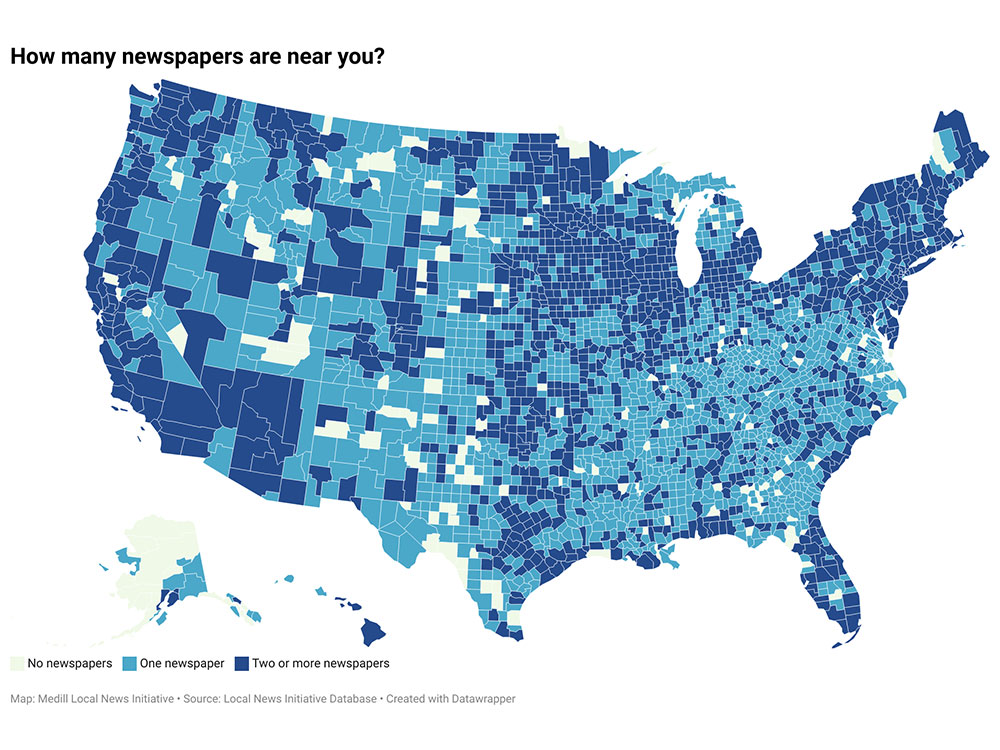
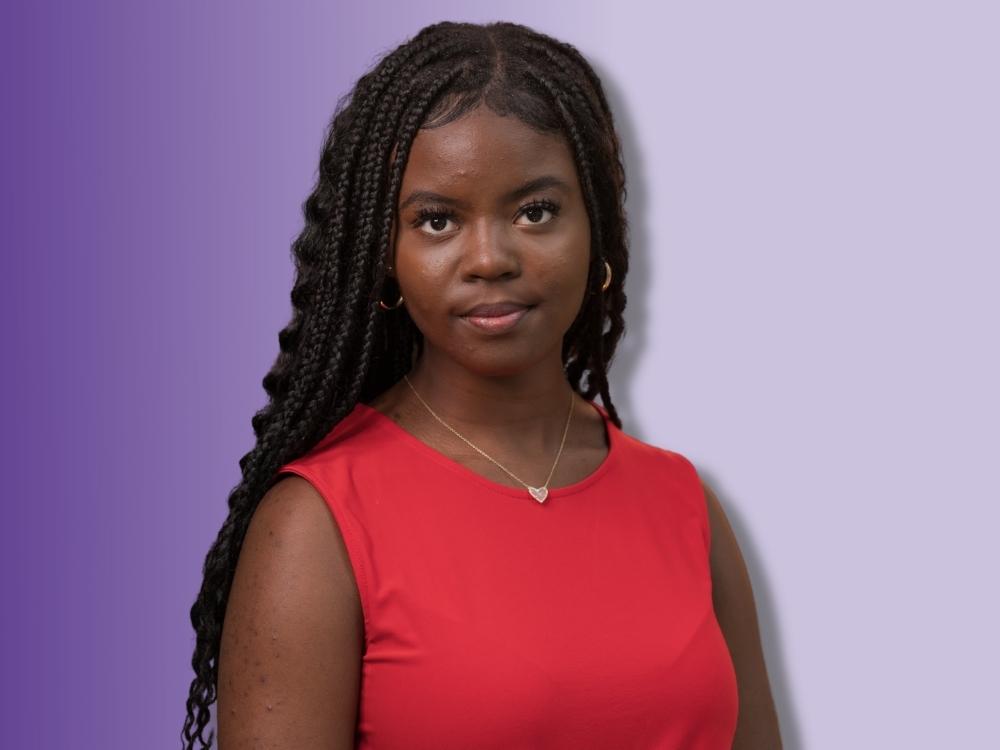
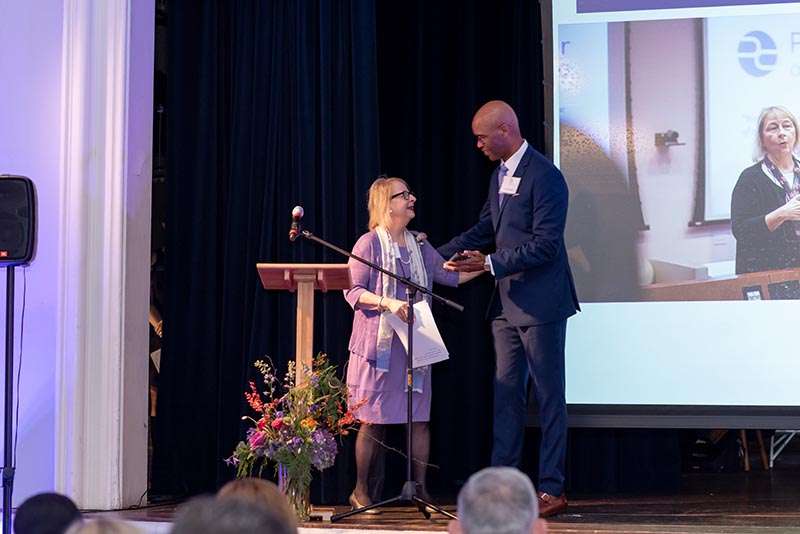
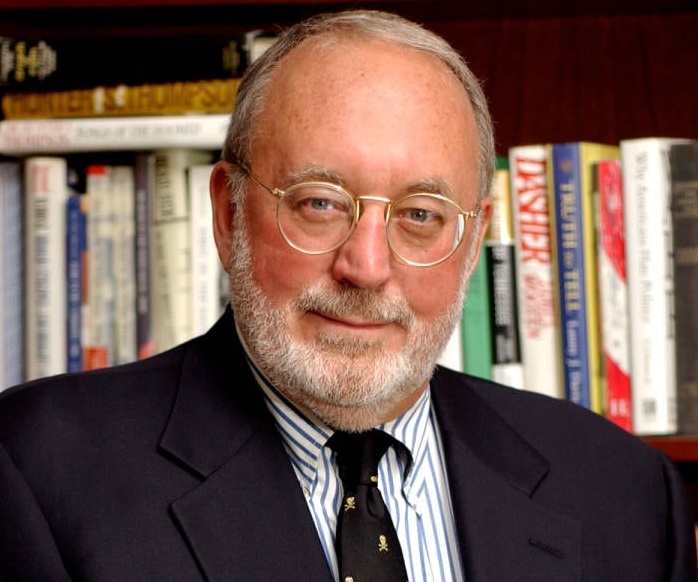
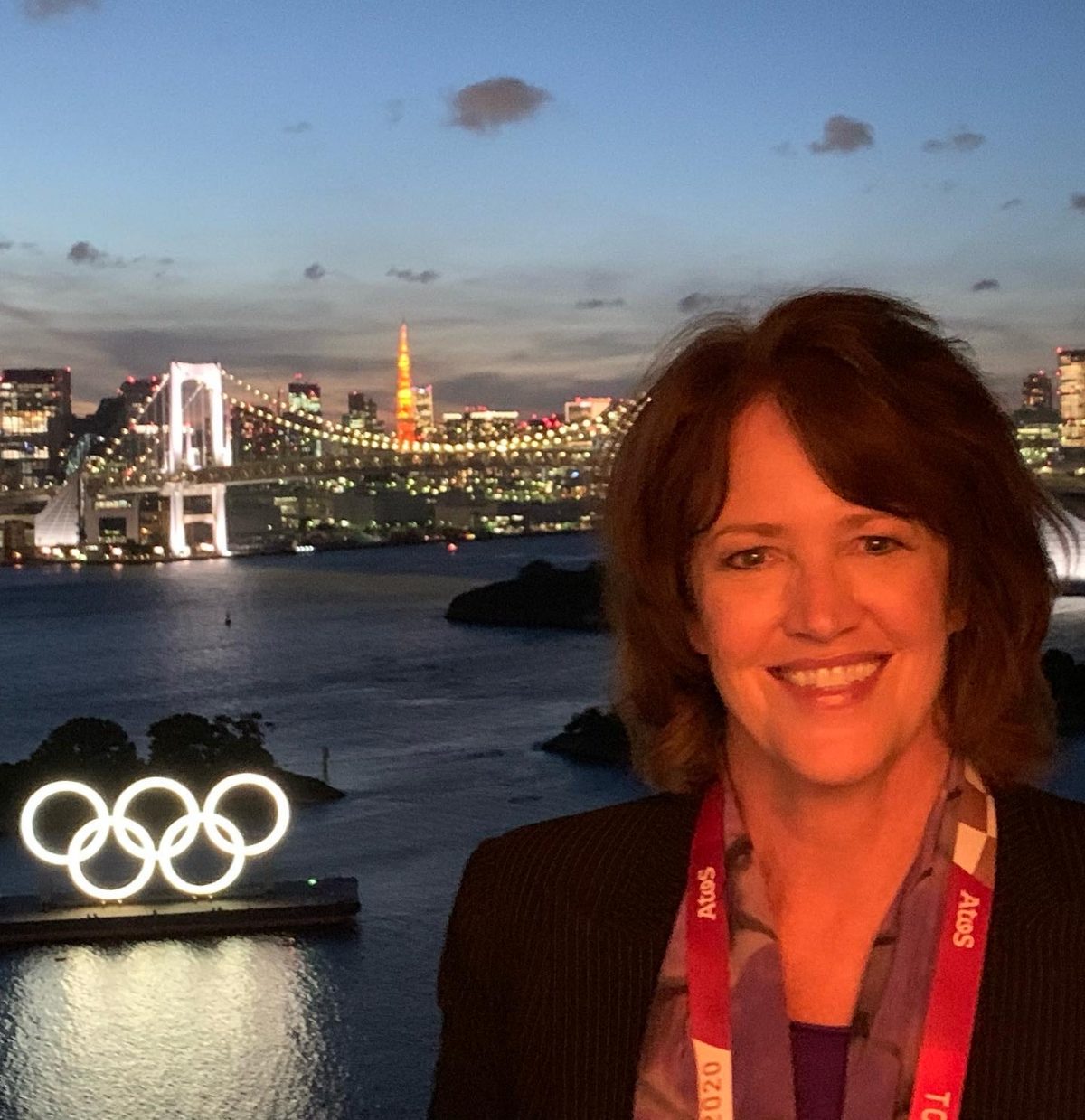
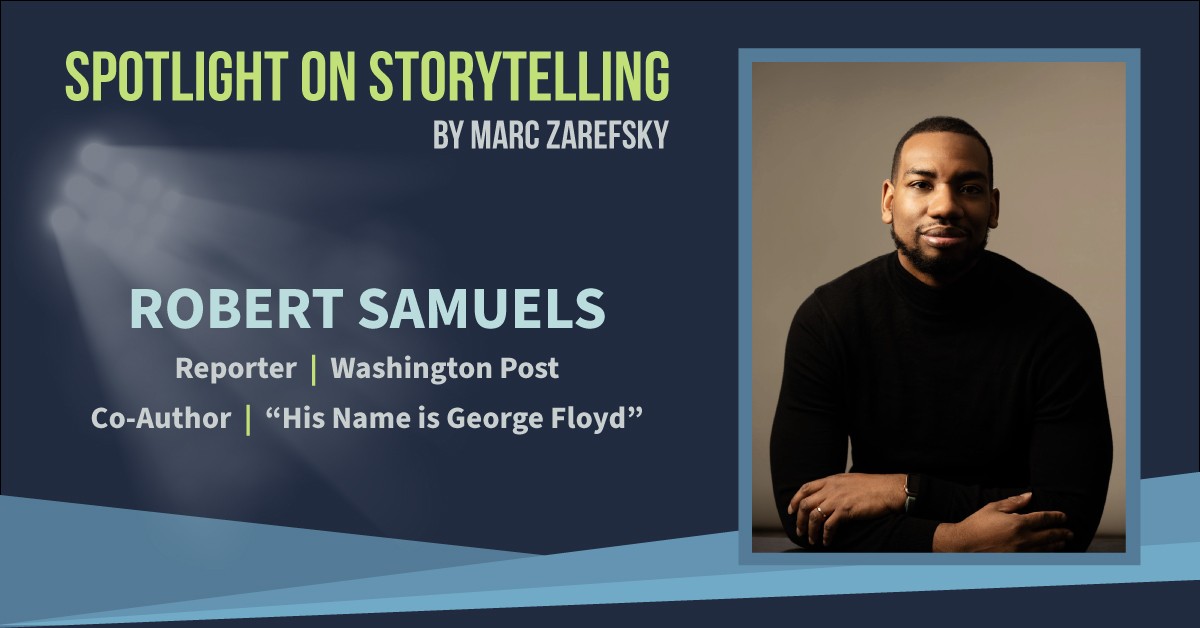
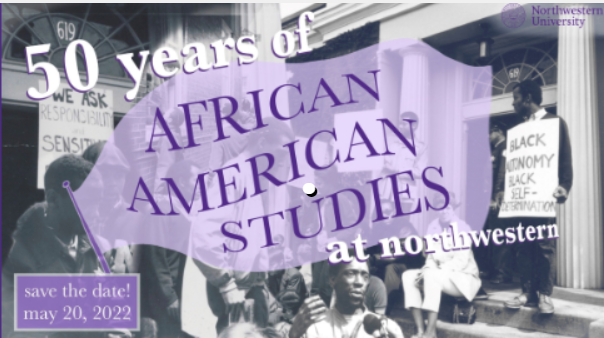

 Juan C. Cappello’s work as a journalist and strategic communications executive has been recognized by professional and civic organizations in the U.S. and overseas. Early in his career, Cappello received the Inter American Press Association Award for Young Journalists. In the field of strategic communications, he was the senior vice president, corporate affairs/marketing for ITT Corporation for almost two decades – the first Latin-born top corporate officer at a U.S.-based Fortune 500 company. Before founding his own strategic communications consulting firm in 2009, Cappello was president and partner of Hill & Knowlton in Latin America. He has been recognized by nongovernmental organizations and international groups, and he has also received official decorations from the governments of Austria, France and Chile, after its return to democracy in the 1990s, for his participation in human rights and cultural initiatives.
Juan C. Cappello’s work as a journalist and strategic communications executive has been recognized by professional and civic organizations in the U.S. and overseas. Early in his career, Cappello received the Inter American Press Association Award for Young Journalists. In the field of strategic communications, he was the senior vice president, corporate affairs/marketing for ITT Corporation for almost two decades – the first Latin-born top corporate officer at a U.S.-based Fortune 500 company. Before founding his own strategic communications consulting firm in 2009, Cappello was president and partner of Hill & Knowlton in Latin America. He has been recognized by nongovernmental organizations and international groups, and he has also received official decorations from the governments of Austria, France and Chile, after its return to democracy in the 1990s, for his participation in human rights and cultural initiatives. Melissa Grady Dias was appointed global chief marketing officer of Cadillac in September 2019. As CMO, Grady Dias leads strategic marketing for the Cadillac brand around the world. Recently, Grady Dias was recognized by Forbes as one of “The 50 Most Influential CMOs in the World.” Prior to joining Cadillac, she was senior vice president of performance marketing, digital and e-commerce of Jackson Hewitt, where she was responsible for all demand driving activities including television and jacksonhewitt.com as well as the implementation of a hyper-local digital media program across several thousand locations. Before Jackson Hewitt, Grady Dias led digital acquisition on the global marketing team at MetLife where she led digital strategy for the U.S. market and acquisition programs for several lines of business, resulting in large year-over-year growth, and managed metrics plans and insights across all key global markets. Prior to MetLife, Grady Dias led the global analytics, e-commerce marketing, and CRM teams at Motorola.
Melissa Grady Dias was appointed global chief marketing officer of Cadillac in September 2019. As CMO, Grady Dias leads strategic marketing for the Cadillac brand around the world. Recently, Grady Dias was recognized by Forbes as one of “The 50 Most Influential CMOs in the World.” Prior to joining Cadillac, she was senior vice president of performance marketing, digital and e-commerce of Jackson Hewitt, where she was responsible for all demand driving activities including television and jacksonhewitt.com as well as the implementation of a hyper-local digital media program across several thousand locations. Before Jackson Hewitt, Grady Dias led digital acquisition on the global marketing team at MetLife where she led digital strategy for the U.S. market and acquisition programs for several lines of business, resulting in large year-over-year growth, and managed metrics plans and insights across all key global markets. Prior to MetLife, Grady Dias led the global analytics, e-commerce marketing, and CRM teams at Motorola. Clinton Kelly co-hosted TLC’s wildly popular makeover show “What Not to Wear” for 10 years, and for seven he moderated ABC’s daytime talk show “The Chew,” for which he won an Emmy. He has also been regularly featured on HGTV and Food Network. A former magazine editor (Marie Claire, Mademoiselle and others) and freelance writer, Kelly has authored several books, including the critically acclaimed “I Hate Everyone, Except You,” a collection of humorous personal essays. In 2020 Kelly took a break from television to focus on his writing, working with personal styling clients and hosting regular Style Esteem workshops, through which he helps people evaluate their wardrobes to fine tune their nonverbal messaging.
Clinton Kelly co-hosted TLC’s wildly popular makeover show “What Not to Wear” for 10 years, and for seven he moderated ABC’s daytime talk show “The Chew,” for which he won an Emmy. He has also been regularly featured on HGTV and Food Network. A former magazine editor (Marie Claire, Mademoiselle and others) and freelance writer, Kelly has authored several books, including the critically acclaimed “I Hate Everyone, Except You,” a collection of humorous personal essays. In 2020 Kelly took a break from television to focus on his writing, working with personal styling clients and hosting regular Style Esteem workshops, through which he helps people evaluate their wardrobes to fine tune their nonverbal messaging. Mike McGrew assumed the role of executive vice president, chief communications, CSR & diversity officer for Constellation Brands in April 2020. In this role, he leads a team responsible for developing and executing the company’s corporate communications, investor relations, corporate social responsibility, and diversity, equity and inclusion strategies designed to enhance the company’s reputation with key stakeholders and advance the company’s business strategy. Prior to joining Constellation Brands, McGrew held various roles with increasing responsibility at Grainger, then a $9B global provider of industrial supplies and equipment. Prior to joining Grainger, he worked in corporate communications for Alliant Foodservice (one of the nation’s largest, privately held broad-line foodservice distributors) and Morton International (a leading manufacturer of salt and specialty chemical products). McGrew received his bachelor’s degree in organizational studies from the School of Education and Social Policy at Northwestern.
Mike McGrew assumed the role of executive vice president, chief communications, CSR & diversity officer for Constellation Brands in April 2020. In this role, he leads a team responsible for developing and executing the company’s corporate communications, investor relations, corporate social responsibility, and diversity, equity and inclusion strategies designed to enhance the company’s reputation with key stakeholders and advance the company’s business strategy. Prior to joining Constellation Brands, McGrew held various roles with increasing responsibility at Grainger, then a $9B global provider of industrial supplies and equipment. Prior to joining Grainger, he worked in corporate communications for Alliant Foodservice (one of the nation’s largest, privately held broad-line foodservice distributors) and Morton International (a leading manufacturer of salt and specialty chemical products). McGrew received his bachelor’s degree in organizational studies from the School of Education and Social Policy at Northwestern. Stephanie Mehta is CEO and chief content officer of Mansueto Ventures, the business media company that publishes Fast Company and Inc. She previously spent nearly four years as editor-in-chief of Fast Company, overseeing its print, digital and live journalism. Mehta has held senior writing and editing positions at Vanity Fair, Fortune, Bloomberg Media and The Wall Street Journal. She received a BA in English from Northwestern and her MSJ from Medill. A Chicago-area native, she now lives with her husband and two daughters in Scarsdale, New York.
Stephanie Mehta is CEO and chief content officer of Mansueto Ventures, the business media company that publishes Fast Company and Inc. She previously spent nearly four years as editor-in-chief of Fast Company, overseeing its print, digital and live journalism. Mehta has held senior writing and editing positions at Vanity Fair, Fortune, Bloomberg Media and The Wall Street Journal. She received a BA in English from Northwestern and her MSJ from Medill. A Chicago-area native, she now lives with her husband and two daughters in Scarsdale, New York. Michael Paul Williams is a Pulitzer Prize-winning metro columnist whose opinion pieces appear on the Op-Ed page of the Richmond Times-Dispatch. In 2021, he was awarded the Pulitzer Prize for Commentary “for penetrating and historically insightful columns that guided Richmond, the former capital of the Confederacy, through the painful and complicated process of dismantling the city’s monuments to white supremacy.” Williams, a Richmond native, is a graduate of Virginia Union University and Medill. He won Virginia Press Association awards for column writing in 1992, 1994, 2007 and 2014. During 1999-2000, he was one of 24 U.S. and international journalists awarded a Nieman Fellowship at Harvard University.
Michael Paul Williams is a Pulitzer Prize-winning metro columnist whose opinion pieces appear on the Op-Ed page of the Richmond Times-Dispatch. In 2021, he was awarded the Pulitzer Prize for Commentary “for penetrating and historically insightful columns that guided Richmond, the former capital of the Confederacy, through the painful and complicated process of dismantling the city’s monuments to white supremacy.” Williams, a Richmond native, is a graduate of Virginia Union University and Medill. He won Virginia Press Association awards for column writing in 1992, 1994, 2007 and 2014. During 1999-2000, he was one of 24 U.S. and international journalists awarded a Nieman Fellowship at Harvard University.